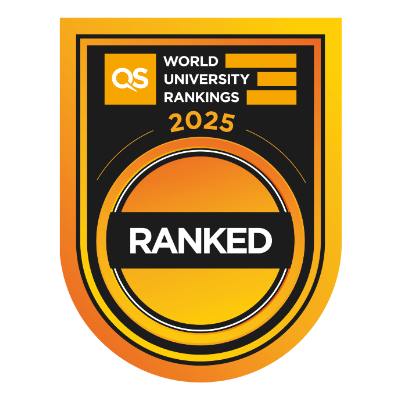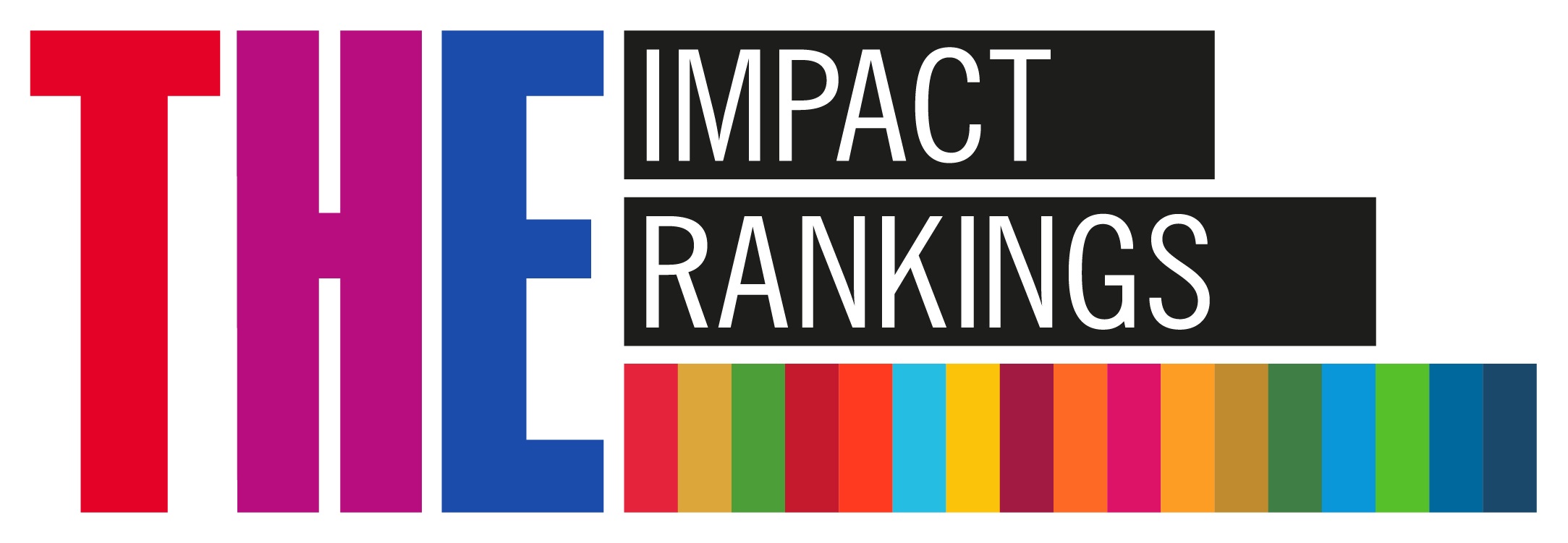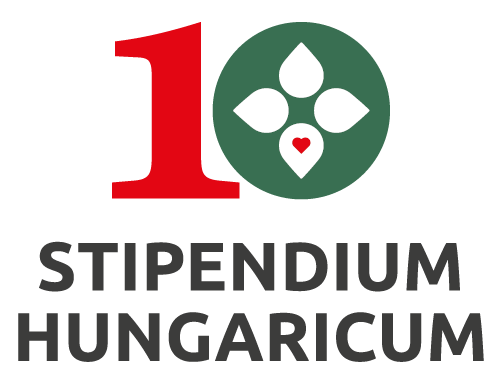Cseh András DLA, Vice-Dean, introduces the Faculty of Architecture
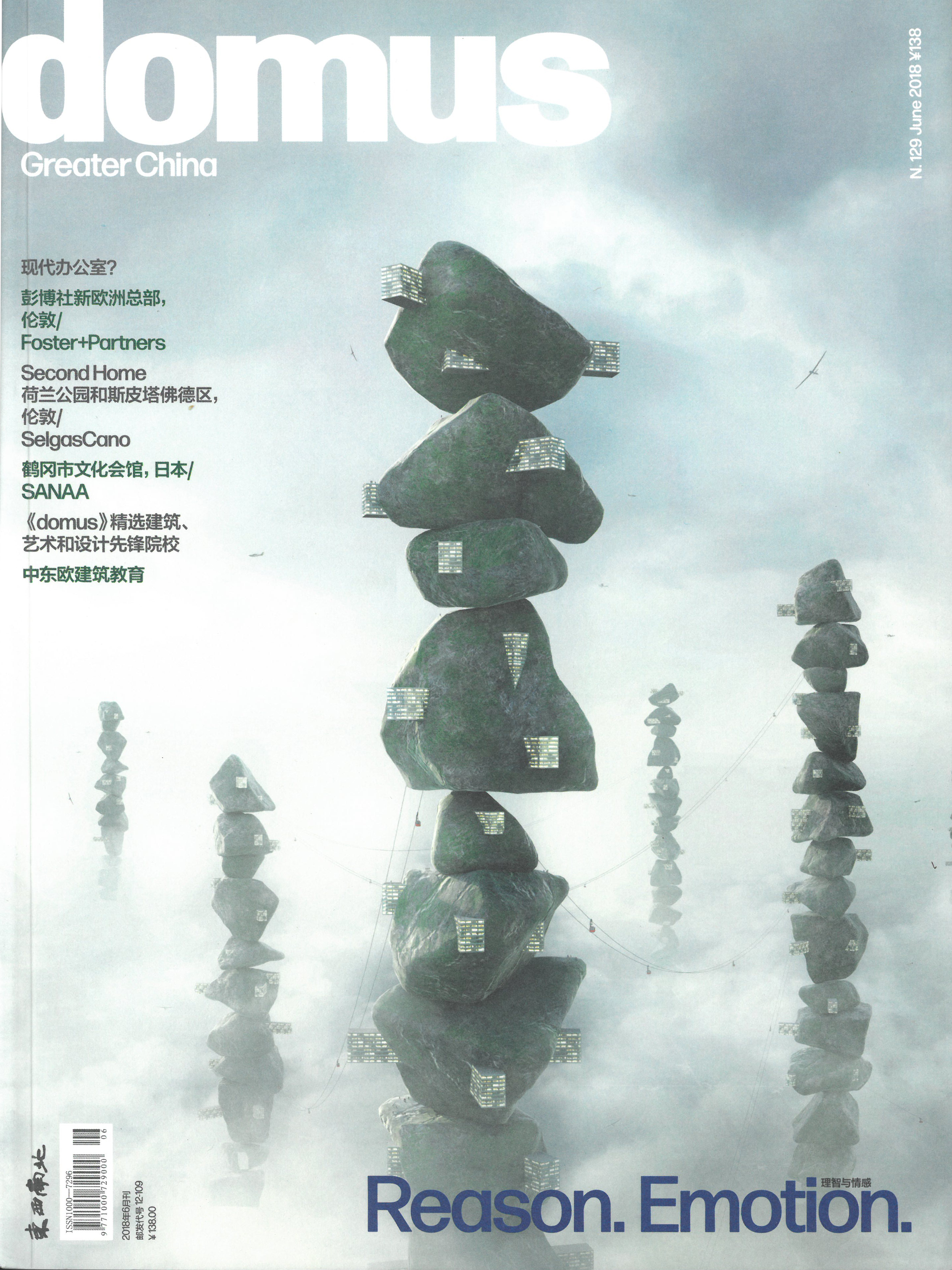
Admissions is very proud to feature an article written by Cseh András DLA, senior lecturer and Vice-Dean for Research, Faculty of Architecture, Civil Engineering and Transport Sciences, Széchenyi István University.
The paper published in Chinese in DOMUS China deals with the internationalisation process of the Faculty, more specifically on their English-taught programmes. Initially outlining the history of the Architecture department and its present home – The Atelier – the article goes on to detail the essentials of studying architecture in a contemporary environment. Throughout Mr Cseh has emphasised the practical and hands-on nature of the education available at the Department. He later describes the relevance of the school’s Educational Network, which from 2017 has an international outreach. Importantly, Mr Cseh stresses the fact that that most of the department’s educators are currently practising architects. The redesigning of the curricula with the accent on practical experience are producing results which have led to international recognition of the work of Széchenyi István University’s departments of Architecture. We present here an English version of the article.
Architects’ Atelier
http://muteremhaz.sze.hu
Széchenyi István University
GYOR, HUNGARY
Spatial perception and creation through all scales are the key learning tools in the project-based Design Studios at Hungary’s most recent and active architecture school, which focuses on the possibilities and responsibilities of future architects while working closely together with an open range of disciplines.
Text: András Cseh DLA, Senior Lecturer, Vice-Dean
The ever-growing noise of shared thoughts, pencils and machines had become the medium of the daily existence at the corner of the University of Győr a decade ago. The abandoned compressor house was redesigned by two consecutive heads of the Department of Architecture, who brought to life a peculiar space and institution for architecture education.
 |
|
Architects’ Atelier - The award-winning building for architecture education |
“The Atelier’s Black Box has a very strong ambience. It is a unique community space for architecture education, the only one in Hungary, which is open 24/7 for students and teachers as a second home. I’ll never forget my encounter with a visiting student at my first Creative Week, when she acted completely surprised as my teacher called me by my name. Such a level of proximity is quite rare at universities and can only be reached through our shared space as a facilitator.” - the place is described by one of the students.
Architecture education in Győr grew into a significant institution around the turn of the Millennium. The previous College became Széchenyi István University with a wide span of disciplines, amongst which the small scale architecture program started its 5-year Integrated Courses, Bachelors and Masters simultaneously. The enthusiastic community of professionally respected local architects joined forces with some of the greatest minds of the field from around the country to found a new program for students, whose interest lies in architecture. Neither the spatial nor the legislative environment were prepared for such initiatives, therefore it took a while, but after a series of changes the Architects’ Atelier Building and its new curricula is working as a well-oiled machine for the benefits of the community of its users.
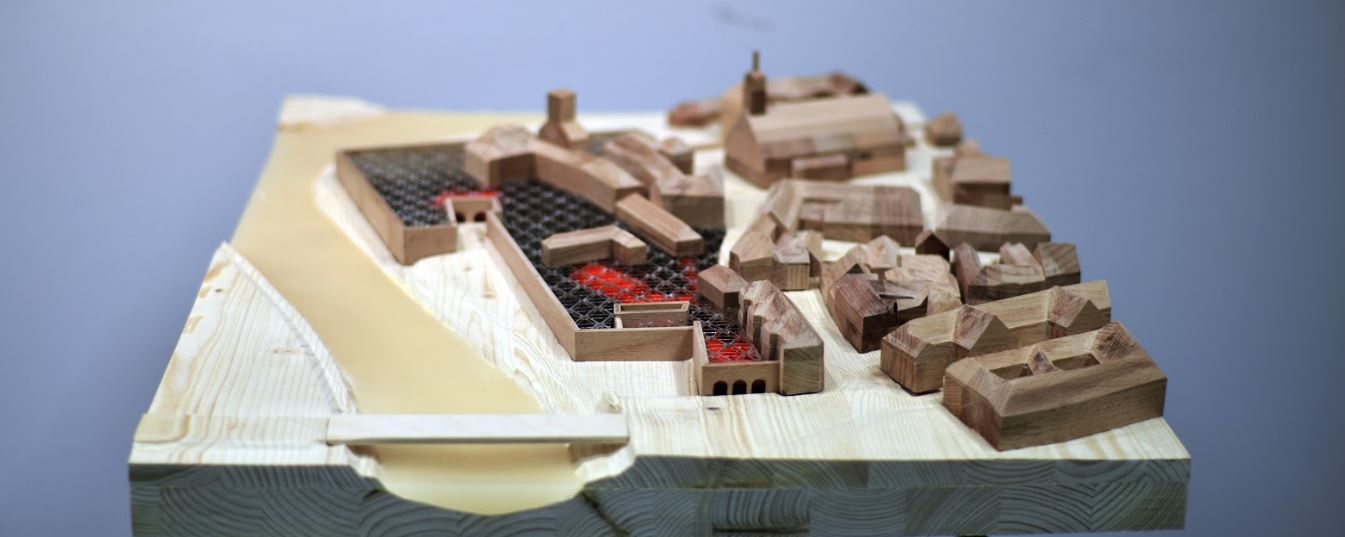 |
| Casmáta - Student proposal for the revitalisation of medieval underground spaces in Győr by Dániel Ungerhofer |
Studying architecture happens through experiencing and creating spaces in both the physical and virtual environment. The basics start from two directions: hands-on experiments with materials and structures through the construction of dozens of mock-ups and learning about the fabric and inhabitation of the city through designschemes and installations of all scales.
The following Design Studios are focusing on the relations of space with functions, society, environment and technology. The project-based courses mix individual tasks and team-work with the involvement of educators and students from connecting disciplines. Students have the possibility to work with representatives of all roles in the process of a house being designed and built, including architects, municipalities, construction companies and the institutes behind a spatial structure.
 |
| Construction team-work and the finished Look-out Tower for Csikvánd during the 2013 session of the summer camp series called villageBUILDING organised in the co-operation of the university and CAN Architects (designer students: Ágnes Herdics, Donát Szalánczi) |
Working closely together with nearby towns evolved into an annual building camp called villageBUILDING, where a group of tutors and students erect one of the smaller scale student designs as an architectural acupuncture act, which aimed to help a chosen community in need. This ‘learning by building’ series of events included a market place, a look-out tower, a circular pier and the transformation of a community center yard in recent years, accompanied by architecture camps for children, to empower them with the knowledge that they are able to improve their own environment. The camps led to workshops at nearby elementary and secondary schools and spatial-themed building camps for kids at the university as well.
The school’s educational network operates on an academic level too: the Architects’ Atelier organises a so-called Creative Week every autumn, the largest official gathering for universities, when visiting students and lecturers come from all Hungarian institutes where architecture is taught. Here they work together on a given problem in mixed teams for a whole week. The co-operation provides students with a wider range of knowledge about their profession and the approaches towards it and also plays a significant role in socializing and creating their own network. Due to the growing interest from around Europe, in 2017 the ‘Transition’-themed Creative Week became international and it is planned to expand even further.
 |
| Professor János Golda is trying out a student’s intervention in the exhibition void of the Architects’ Atelier during the ‘Invisible’ Creative Week 2014 |
Most of the educators are architects leading their own practices, including one of the most influential Hungarian architecture offices, CZITA Architects and internationally recognised CAN Architects that was recently founded by a group of former students of the school, all of whom are now teaching at the Department of Architectural Design. Hence the real-life professional and educational part of architecture connects on many levels. Tutors and students do not just work with each other in studios to design and build for local communities, or enter design competitions together; they also create their own communities based on interests, such as running or music and attend the events of the city together.
 |
| Curricula - The project-based educational structure of architectural studies at Széchenyi István University of Győr |
Even though the university-level education started here only in 2001, the challenges of the 21st century and the changing needs of the students required a thorough revision and transformation of the curricula in the past years. The new system has half the number of subjects per semester than previously, allowing both teachers and students to investigate deeper in their chosen field and the role of the Design Studios grew significantly, occupying at least half of the working hours of the students per semester. These changes provide a more complex understanding of the architectural profession and an all-encompassing view into the process of architectural design. The results are already noticeable with the growing number of various national and international awards for both students and architects, who teach here. As a follow-up to these recognitions, the architecture departments at the school are preparing their exhibition together based on a student team proposal for the European Cultural Centre during the Venice Biennale 2018.
 |
| Presentation and jury of the student competition for designing and building the introductory installation of Széchenyi István University’s architecture education system at Venice Biennale 2018 |
Fortunately, architectural education institutes of Central-Europe work together to keep up with the changes in pedagogics and professional knowledge. Győr plays a significant role in these co-operations, providing its model for the development and launching and participating in numerous platforms to create a strongly connected, well-prepared and open-source community of universities.
Széchenyi István University of Győr accelerated its internationalisation initiatives in the past few years and with this background the Architects’ Atelier follows the same path. Active organisation of international conferences and participation in international research and exchange programs became the basis of architecture education as a preparation for the launch of the Master of Architecture program in English in the autumn of 2019. The new curricula’s three specialisation modules reflect the main focuses of the institute: Architecture and Interior Design, Construction and Building Technology, Built Heritage Protection and Reconstruction. The scope of realised projects is also becoming international, already with a look-out pier on an island of Helsinki, Finland and an interior design project for an escape room in London, England built and under use.
This small-scale architecture institute between three capitals (Budapest of Hungary, Vienna of Austria and Bratislava of Slovakia) continues what its city has been doing for 16 hundred years: it connects various cultures and combines their experiences to create a strong and up-to-date set of skills and knowledge through diversity.
This article was funded by the EFOP-3.6.1-16-2016-00017 European Structural and Investment Fund.








